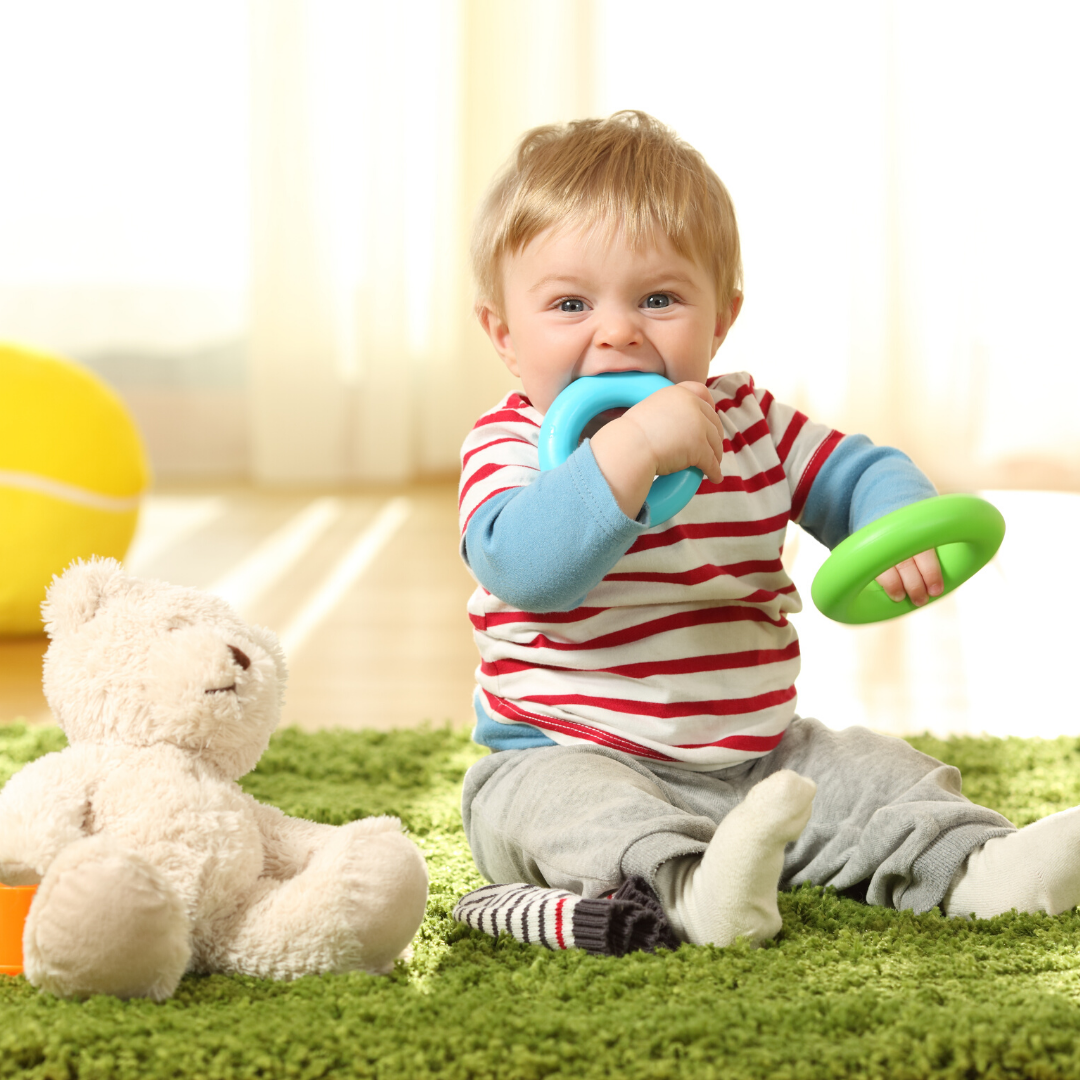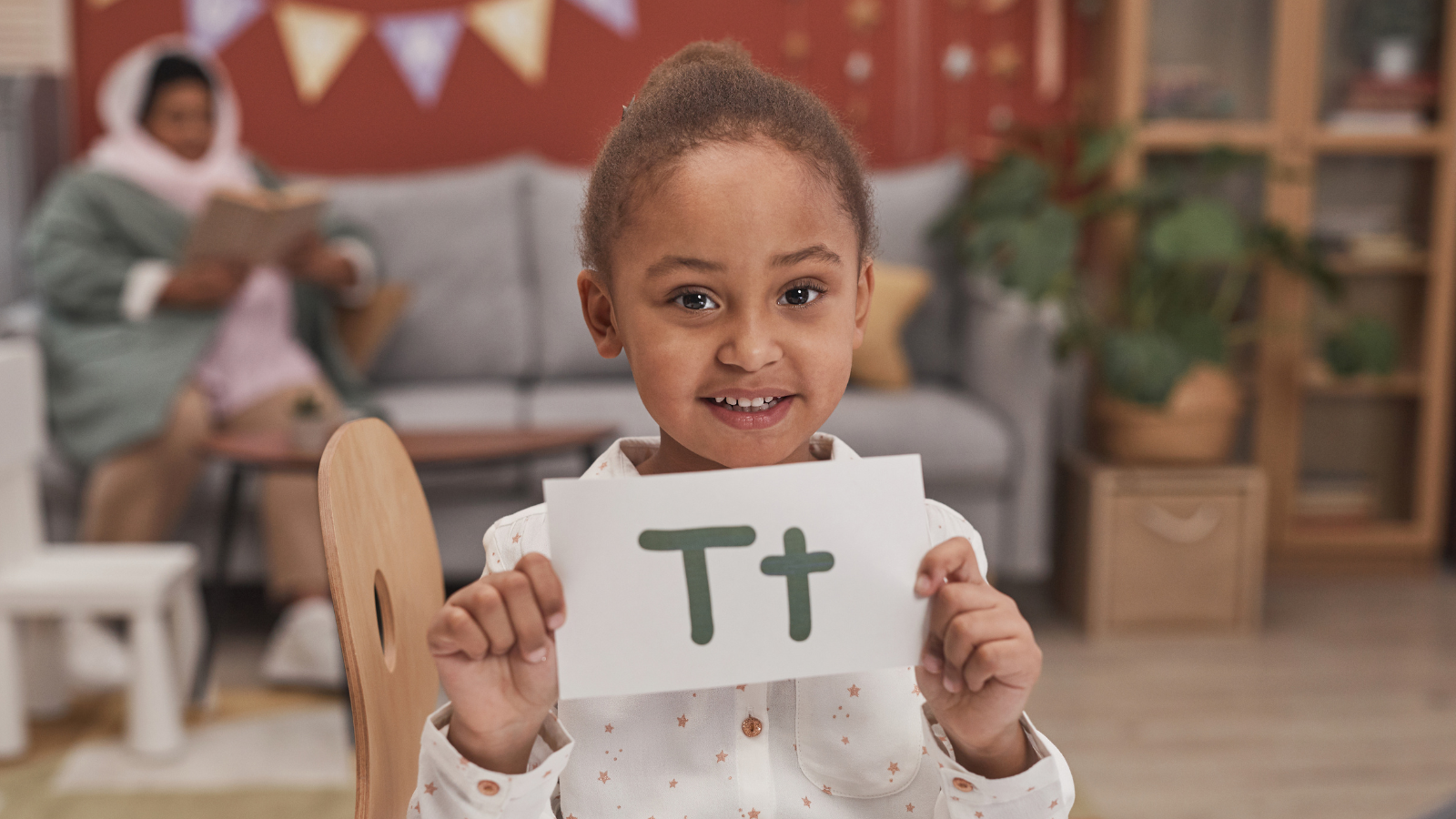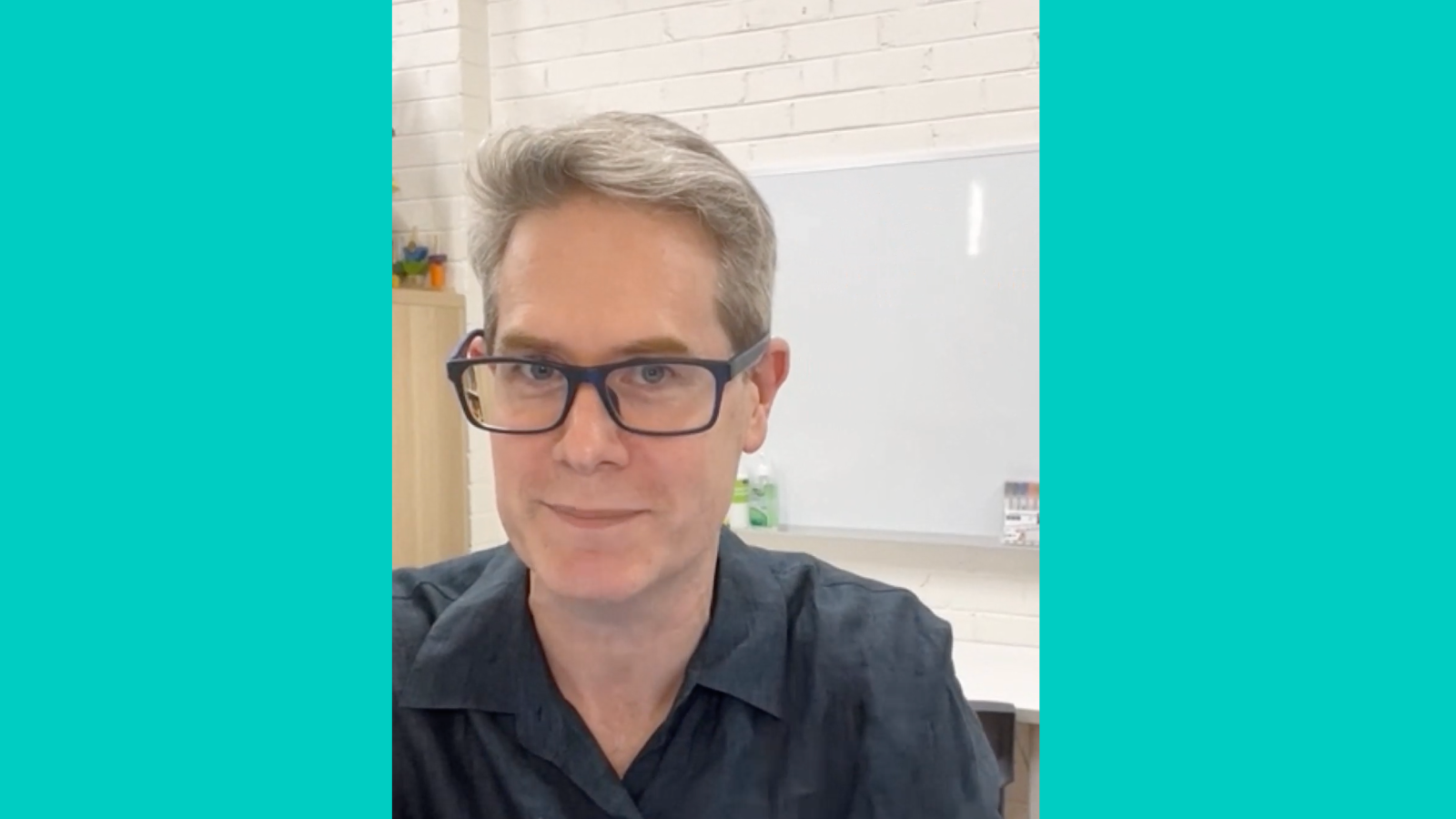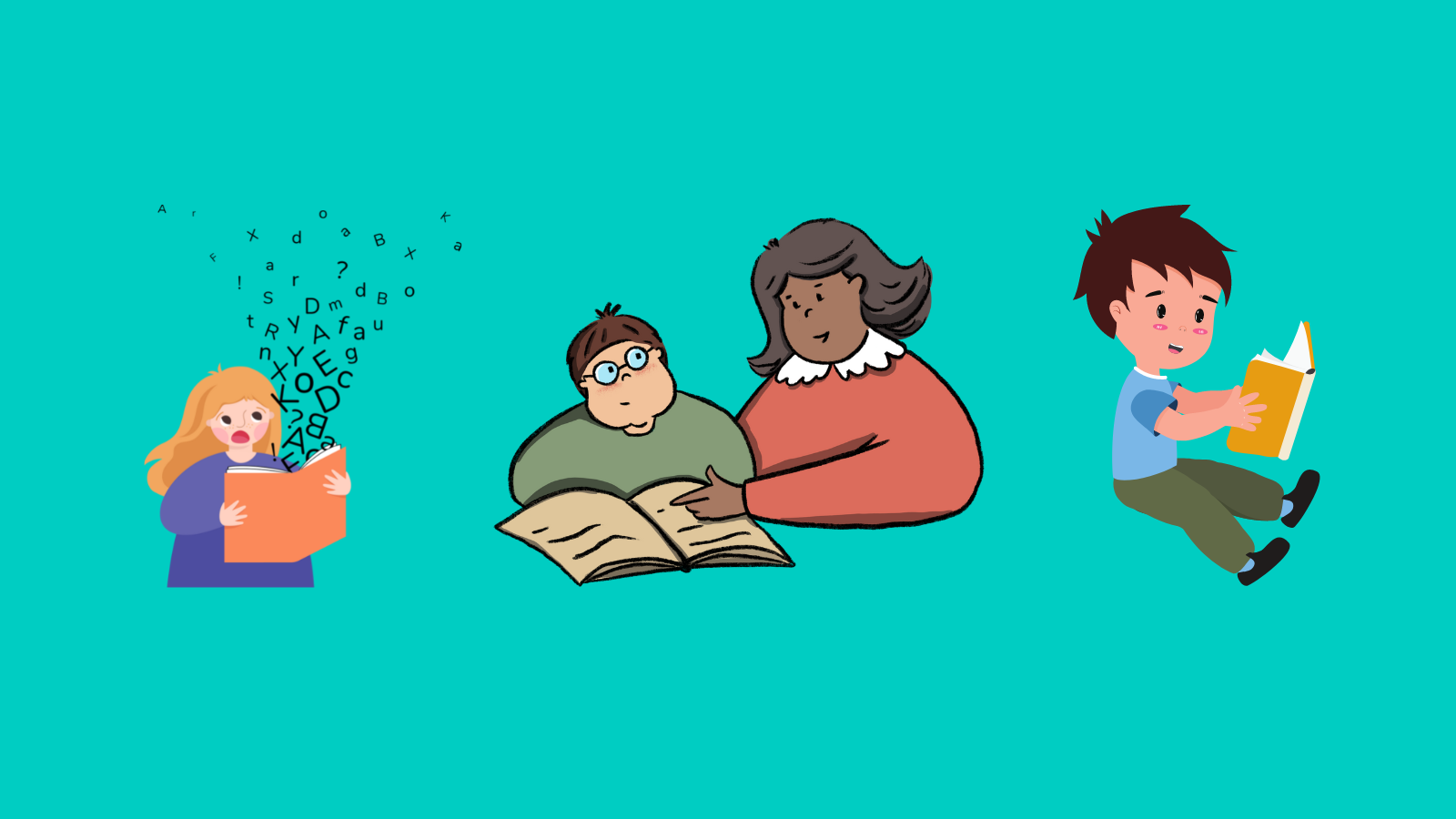Why do babies put objects in their mouths, and does mouthing play a part in speech development?
The messy – sometimes scary – truth is that babies and young toddlers love to put things in their mouths. In fact, most infants go through a very unsanitary “mouthing” phase.
“Mouthing”, as the name suggests, is when a baby or toddler puts non-food objects in contact with his or her mouth, lips of tongue. It has obvious risks: accidental poisoning and choking are the most significant; but babies can also become sick if they ingest bacteria, viruses, and other nasties when mouthing objects.
This raises the obvious question:
Why do babies do it?
Researchers have three main theories:
- To create a sense of well-being. Just as with dummies or sucking fingers and thumbs, some infants and toddlers find mouthing objects is satisfying, and helps them to settle and stay calm.
- To explore their environment. Infants use mouthing as a way to explore object characteristics (e.g. size, shape), to discover what the objects can do, and to discover what they can do with the objects (e.g. Ruff et al., 1992).
- To introduce antigens and microflora into the intestinal system to stimulate development of immunity to local environmental conditions while protected by breast-milk. This is called the “immunocalibration hypothesis”. At birth, the immune system is functional but still developing. Breast-milk drinking has been shown to reduce the incidence of many childhood illnesses (e.g. Oddy, 2002, Lo & Kleinmann, 1996). Failure to expose children to diseases in the local environment with the first years of life can have a long-term cost (Fesslet & Abrams, 2004).
When do babies and toddler mouth the most?
Mouthing is most common in the first 2-3 years of life. It tends to peak at around 7.5 months, then decline to 12 months, then decline steeply, before fading to low levels at around 15.5 months (Belsky & Most, 1981). Most evidence suggest that there is an initial peak of mouthing in the second half of the first year of life; with mouthing becoming less frequent over the next two years (Fessler & Abrams, 2004).
Could mouthing play a role in early speech development?
Some researchers think so.
As toy-makers have known for centuries, many kids are attracted to things that make noise. For example, there is evidence showing that 10 month old infants seem to prefer manipulating noisy objects (e.g. bells) over noiseless objects (e.g. bells without clappers). This preference seems to influence mouthing behaviour: when given a bell and a wooden table, 6-9 month olds seemed to prefer to bang the bell on the table; but, when given a bell and a foam table, kids spend more time shaking and mouthing the bell than they did when given a wooden table (Palmer, 1989).
There is also evidence of a tight link between manual (hand) and oral/vocal systems in infants (e.g. Bates & Dick, 2002). When infants prepare to manipulate a large object, for example, they tend to open both their hands and their mouths at the same time, which changes the type and resonance of the sounds they make when they are vocalising.
The 6-9 month period is an important time of change in mouthing behaviour. It is also an important time of change in consonant production.
A consonant is a basic speech sound in which the breath is at least partly obstructed, e.g. by the vocal folds (e.g. /h/), the tongue (e.g. /t/ or /d/), the soft palate (e.g. /k/ and /g/), the lips (e.g. /p/ or /b/) and/or the teeth (e.g. “th”). You can read more about typical consonant acquisition here.
Babies first produce consonants between 2-4 months of age, when they start cooing. Between 6-9 months – the peak time for mouthing – consonant variation increases (e.g. Holmgren et al. 1986) and consonant-vowel repetitions (e.g. “ma-ma”) begins (e.g. Fagan, 2005) with babbling. For more information about early babbling, click here.
Infants at 6-9 months of age often mouth objects and vocalise (use their voices) at the same time. For example, one study showed:
- that, on average, 28% of vocalisations produced by 6-9 month olds during play observations occurred with mouthing, and almost all infants mouthed objects and vocalised;
- infants tended to vocalise more often when mouthing objects that when mouthing their hands or fingers; and
- consonant-vowel combinations with mouthing were more likely to contain consonants formed above the vocal folds, e.g. /b, d, g/, and to include a wider range of such consonants than vocalisations made without mouthing (Fagan & Iverson, 2007).
Mouthing may influence consonant production by bringing about vocal tract closure (i.e. by interrupting the airflow as babies use their voices), and by affecting changes in the way kids articulate sounds in association with the position, shape and movements of the objects being mouthed. Mouthing may encourage young kids to explore different consonants by giving them multimodal feedback (e.g. sounds, touches) as they vocalise while mouthing. This may have knock-on effects to developing communicative and language systems, although of course language and motor development develop differently.
Clinical bottom line
Mouthing objects is a common, but risky, behaviour for infants – particularly in the first two years of life. Its purpose is not yet fully understood.
Self-settling, object exploration and immunity calibration have all been suggested as reasons why children mouth objects. Mouthing may also influence consonant exploration and, thus, speech development.
Related articles:
- The dummy debate: do dummies cause speech problems?
- Thumb and finger sucking: facts and treatment options
- Important update: In what order and at what age should my child learn to say his/her consonants? FAQ?
- “He was such a good baby. Never made a sound!” Late babbling as a red flag for potential speech-language delays
Principal sources:
Fessler, D. M.T. & Abrams, E.T. (2004). Infant mouthing behavior: the immunocalibration hypothesis. Medical Hypotheses, 63, 925-932.
Fagan, M.K. & Iverson, J.M. (2007). The influence of Mouthing on Infant Vocalisation. Infancy, 11(2), 191-202.
Iverson, J.M. (2010). Developing language in a developing body: the relationship between motor development and language development. Journal of Child Language, 37, 229-261.

Hi there, I’m David Kinnane.
Principal Speech Pathologist, Banter Speech & Language
Our talented team of certified practising speech pathologists provide unhurried, personalised and evidence-based speech pathology care to children and adults in the Inner West of Sydney and beyond, both in our clinic and via telehealth.








